
Job alert ‼️ UChicago Micro is hiring! Open to tenured/tenure track faculty at all levels in any area of microbiology. Come join our amazing and growing department. apply.interfolio.com/174404
04.10.2025 18:44 — 👍 121 🔁 121 💬 4 📌 1@snowkaryote.bsky.social
Assistant Professor of Microbiology at UVA. My lab studies bacterial immune systems. All opinions are my own. taklaboratory.org

Job alert ‼️ UChicago Micro is hiring! Open to tenured/tenure track faculty at all levels in any area of microbiology. Come join our amazing and growing department. apply.interfolio.com/174404
04.10.2025 18:44 — 👍 121 🔁 121 💬 4 📌 1
A little late to the Panoptes party, but I’m delighted to share that our paper is published! 👁️ www.nature.com/articles/s41...
03.10.2025 16:11 — 👍 24 🔁 8 💬 1 📌 0
Our story describing the Panoptes bacterial immune defense system is now finally peer-reviewed and published today! www.nature.com/articles/s41...
01.10.2025 16:05 — 👍 85 🔁 42 💬 4 📌 0
Today in @nature.com , we highlight how a cousin of CRISPR-Cas10, mCpol, establishes an evolutionary trap in anti-phage immune systems.
Check out @erinedoherty.bsky.social and my work from @doudna-lab.bsky.social lab here:
www.nature.com/articles/s41...

Hiring! 🧬🔬
Ever wondered how bacteria fight off viruses? We’re looking for a PhD student to dive into the molecular basis of newly discovered microbial immune systems, an area of biology where much remains to be uncovered.
RT/share to help us find our next team member!
www.lumc.nl/en/about-lum...

You’ve heard of ubiquitination, meet deazaguanylation: Doug Wassarman in our lab discovered phage defense pathways have co-opted Q nucleobase biosynthetic enzymes to catalyze a new form of protein conjugation chemistry @science.org
www.science.org/doi/10.1126/...

Cell death plays important roles in antiviral immunity across all kingdoms of life. Great panel discussion in @natsmb.nature.com from leading experts in the field highlight open mysteries in how and why cell death functions:
www.nature.com/articles/s41...

Splicing in phage and jumbophage genomes!
Great discovery pipeline and new paper from Liana Merk and @cryptogenomicon.bsky.social highlights wide-spread use of Group II introns in phages:
academic.oup.com/nar/article/...

Really excited to share my first paper from the Whitney lab, alongside an amazing grad student, Polina. Here we identify a chaperone family required for the folding of a central domain of T7SS toxins, and solve the structure of the chaperone-toxin complex. www.pnas.org/doi/10.1073/...
15.09.2025 23:41 — 👍 32 🔁 12 💬 2 📌 0
Looking for a new approach to studying or eliminating phages? Check out our study introducing anti-phage ASOs (antisense oligos) out in @Nature today. nature.com/articles/s4158…
10.09.2025 15:40 — 👍 129 🔁 63 💬 4 📌 2
How can we understand the earliest events in evolution of eukaryotic immunity? @yao-li.bsky.social reports incredible molecular fossils of complete bacterial-like operons in eukaryotes that illuminate how animal immunity was first acquired from anti-phage defense
www.biorxiv.org/content/10.1...
A choanoflagellate cGLR-STING pathway reveals evolutionary links between bacterial and animal immunity https://www.biorxiv.org/content/10.1101/2025.09.04.674280v1
05.09.2025 05:16 — 👍 5 🔁 2 💬 0 📌 0
Regulation by RNAs might be even more extensive than we thought. Many enzymes and other proteins not previously considered as RNA-binding proteins do seem to fall into this class & might have their activity regulated by RNA.
www.cell.com/cell/fulltex...

Excited to share my latest review, now published in the Royal Society theme issue on ‘The ecology and evolution of bacterial immune systems' (available OA):
Defence systems encoded by core genomic islands of seventh pandemic Vibrio cholerae royalsocietypublishing.org/doi/10.1098/...

MIT News: news.mit.edu/2024/human-g... — Sharing our new publication in Cell Genomics: cell.com/cell-genomic... about why our human gut microbiome rarely updates its CRISPR defense systems!
30.08.2025 01:54 — 👍 9 🔁 4 💬 1 📌 0I am delighted to announce that the UW Department of Biochemistry has opened searches for TWO tenure-track positions.
Descriptions and links in the following two posts.
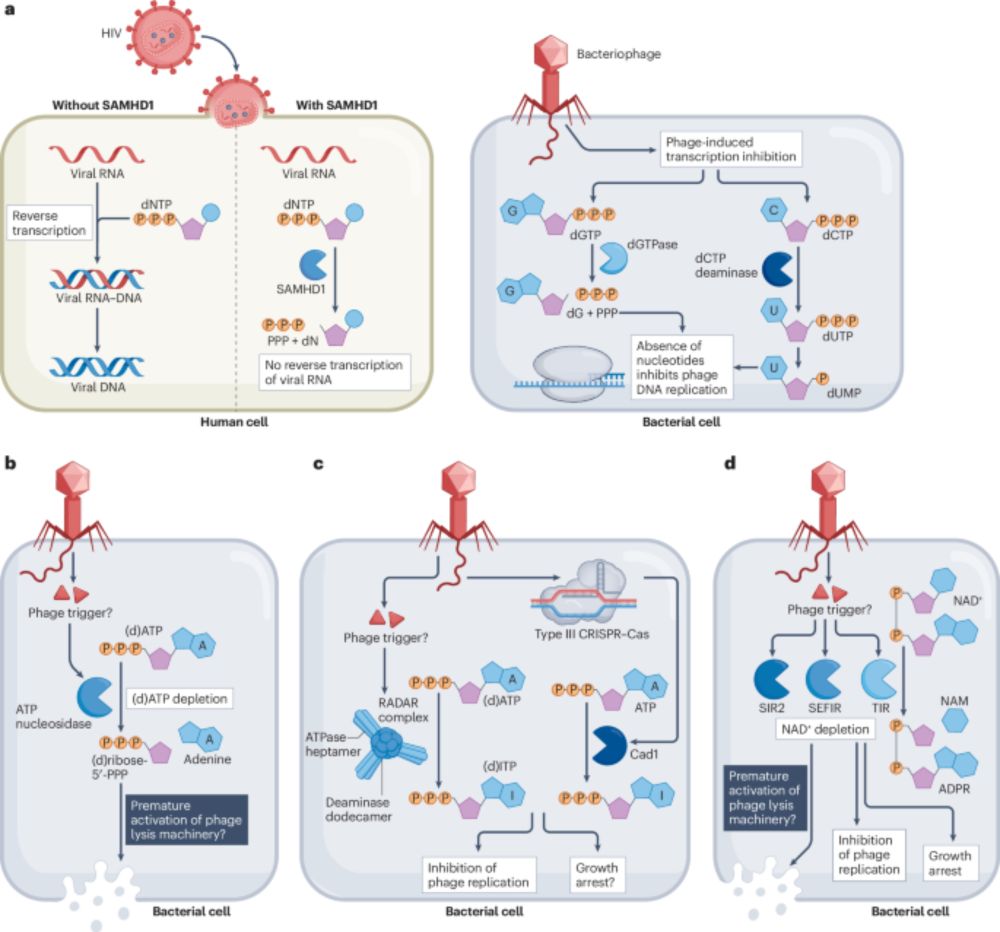
NEW Review from @soreklab.bsky.social @dinahoch.bsky.social explains how immune pathways manipulate the availability of nucleotides, chemically modify nucleotides to generate immune signalling molecules, and produce altered nucleotides that poison viral replication
#immunosky #microsky #phagesky

I'm excited to announce our new biorxiv preprint, wherein we investigate the evolution of the weirdest genetic locus I've ever seen! Behold the tgr genes of the social amoeba, which mediate self/non-self discrimination during facultative multicellularity 🐅 🧵 1/
www.biorxiv.org/content/10.1...
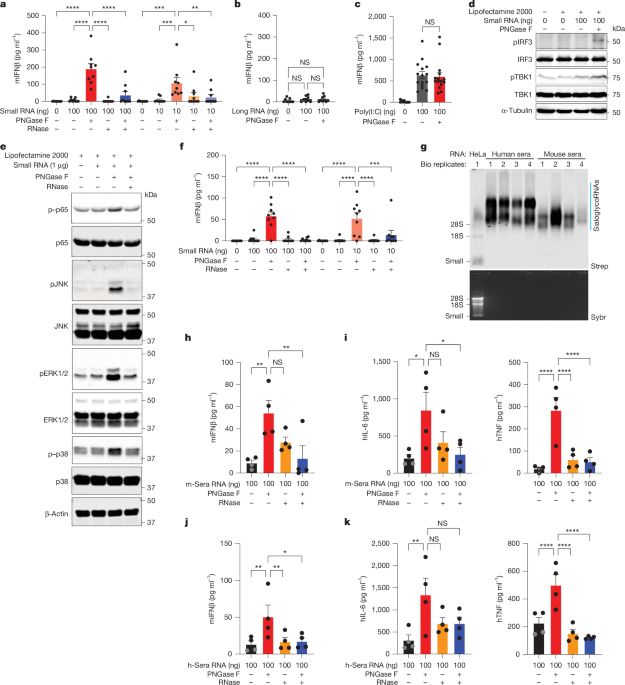
#GlycoPower! @vijayrathinam.bsky.social
@raflynn5.bsky.social @vinnieviruses.bsky.social &co show @nature.com that N-glycosylation of host small-RNAs present at cell surface prevents immune recognition by TLR3 and TLR7 upon apoptotic cells uptake avoiding autoinflammation!
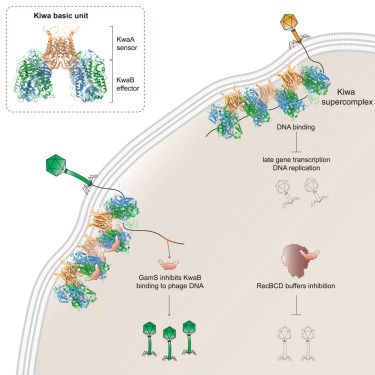
Thrilled to see our Kiwa story out today! A membrane-associated supercomplex that senses infection and blocks replication and transcription.
www.cell.com/cell/fulltex...
Huge congratulations to Yi and Zhiying for bringing it home, to Thomas for starting us off, and to all the collaborators.

1/16 New pre-print from the Sternberg Lab!
We uncover how temperate phages can use RNA-guided transcription factors to remodel the flagellar composition of their bacterial host and enhance their fitness.
Find the preprint and full story here: tinyurl.com/mshwjd77
🦠🧍♀️From bacterial to human immunity.
We report in @science.org the discovery of a human homolog of SIR2 antiphage proteins that participates in the TLR pathway of animal innate immunity.
Co-led wt @enzopoirier.bsky.social by D. Bonhomme and @hugovaysset.bsky.social
www.science.org/doi/10.1126/...
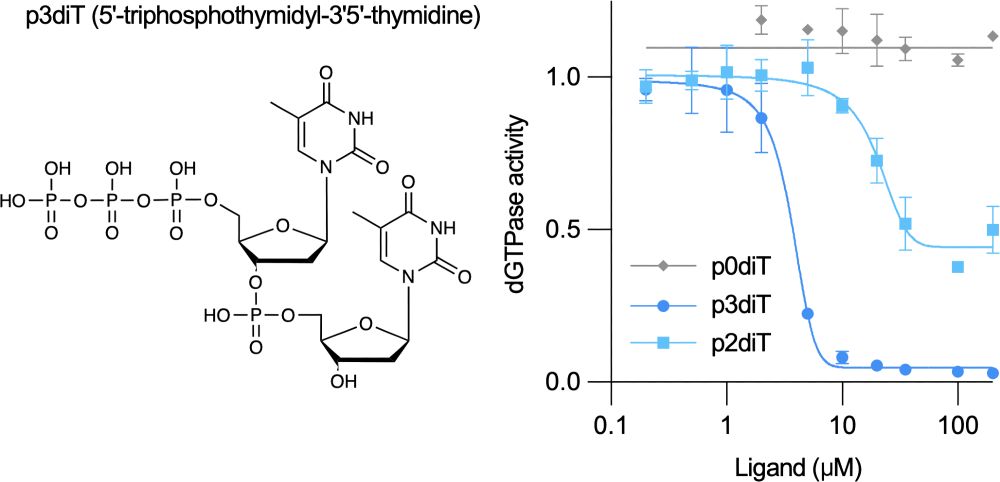
A new preprint led by Sonomi Yamaguchi in our lab describes a bacterial anti-phage defense system named Clover that uses nucleotide signals to both activate and inhibit host immunity.
www.biorxiv.org/content/10.1...

I am delighted to share that my work in the @aaronwhiteley.bsky.social lab is now on bioRxiv! We used a large-scale genetic screen to begin defining the vast landscape of phage proteins that trigger immune signaling in bacteria.
www.biorxiv.org/content/10.1...
Our new work understanding how phages are detected by the bacterial immune system is posted on bioRxiv! Check out Toni’s thread for a synopsis👇
12.07.2025 13:53 — 👍 36 🔁 11 💬 1 📌 0Folddisco finds similar (dis)continuous 3D motifs in large protein structure databases. Its efficient index enables fast uncharacterized active site annotation, protein conformational state analysis and PPI interface comparison. 1/9🧶🧬
📄 www.biorxiv.org/content/10.1...
🌐 search.foldseek.com/folddisco
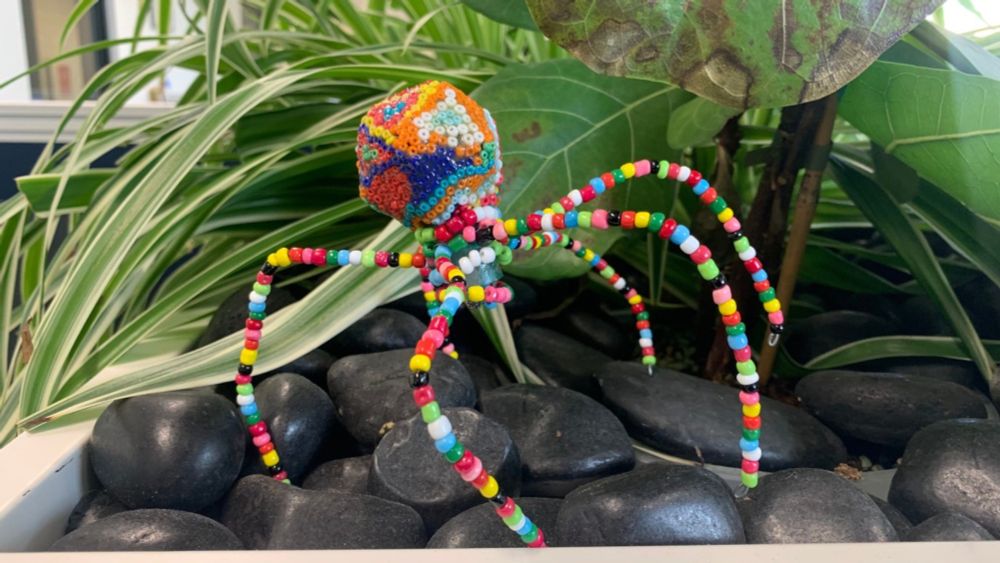
PhD opportunities at @flindersuniversity.bsky.social in Adelaide, Australia's most liveable city, to study genetics in #phage
We will also have genetics #postdoc positions too!
#microsky #phagesky
www.linkedin.com/pulse/phd-pr...
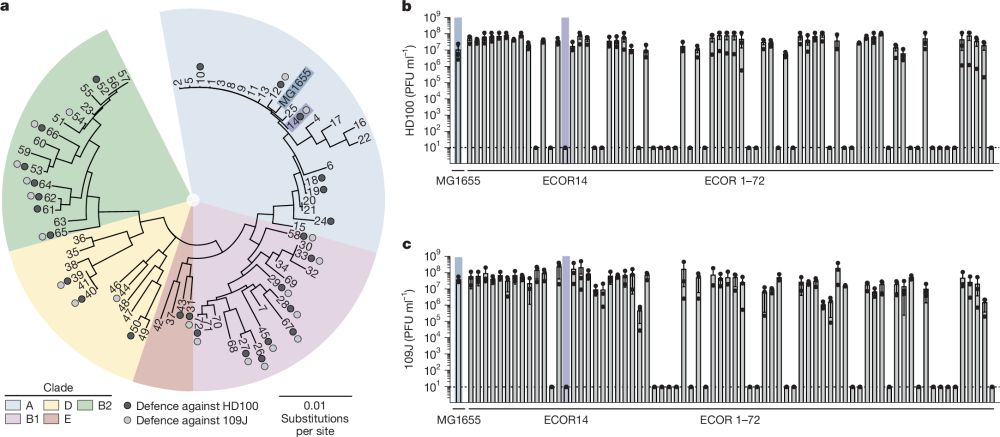
Words cannot describe how excited I am to share the findings from the second half of my postdoc in @aaronwhiteley.bsky.social's lab where we discover that bacteria use functional amyloids to defend themselves from predatory bacteria. rdcu.be/euu5Y. See thread for details on this epic adventure 1/.
02.07.2025 20:10 — 👍 164 🔁 52 💬 6 📌 4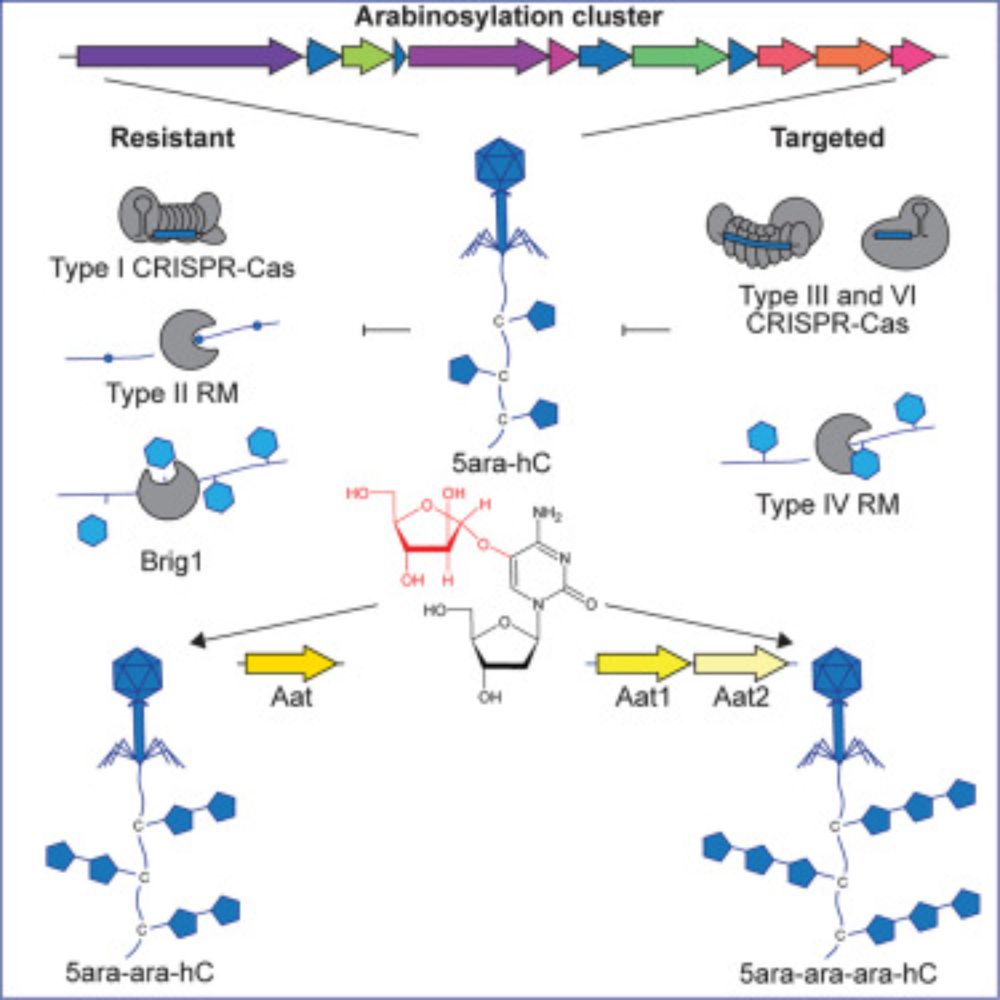
Phage DNA modifications evade defense
Phage DNA modification adds arabinose to cytosines via hydroxy linkage (5ara-hC) w/ potential double & triple arabinosylation. Arabinosylated phages are protected from DNA-targeting CRISPR-Cas & restriction modification
www.cell.com/cell-host-mi...
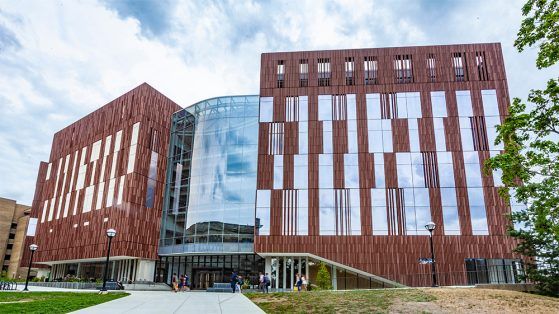
Extremely excited to share I have accepted an offer to be an Assistant Professor in the MCDB department at the University of Michigan! Go Blue! The Ledvina lab will investigate the molecular interworking of the bacterial immune systems including defense against both viral and bacterial pathogens.
25.06.2025 21:03 — 👍 91 🔁 12 💬 9 📌 2